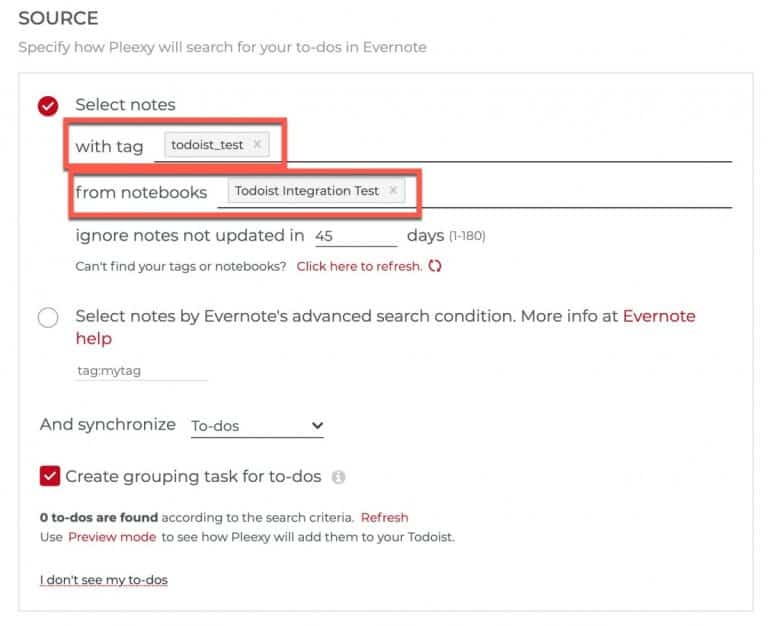

For example, making bacon pancakes is a more complicated endeavour than simply buying eggs, so it can help to create a set of sub-tasks that I can cross off. Each note can support a set of checkboxes, so you can break down larger tasks into smaller chunks.

:max_bytes(150000):strip_icc()/Tasksnoteheromulti-device2x-4d85dabc956143cbb5ed7b33bc10d661.png)
Sub tasksĮvernote also supports sub-tasks, in a manner of speaking. So if I set up a “groceries” notebook and fill it with notes that had titles like “buy milk” or “buy eggs”, that could work as a basic to-do list. Simple task listsĮach note in Evernote is assigned to a specific notebook, which ends up acting like the category for that set of notes. Turning a note into a reminder gives you the option to add a notification at a given time, and it also keeps the note in a special reminders section of the Evernote app. Evernote notes consist of a plain text title and a main body (which can contain rich text, links, and files). You don’t create Evernote reminders like you do in other task management apps, but rather reminders are attached to existing notes. It’s been a pretty big change, and Evernote’s UI isn’t exactly fun or efficient for task management, but it works and provides a very unique advantage.įirst up, the basics. That means all of the work tasks and personal items on my to-do lists also reside in Evernote, alongside my notes about bags and cool iPad apps. However, as of three weeks ago, I’ve taken it one step further: I’m trying to use Evernote as my main task manager as well. I’ve got two notebooks for each of the positions I’ve held at work, and I’ve got a few tags associated with notes depending on which coworkers I need to consult for a given project. I use Evernote quite a lot for my own notes, but I also use it at work.


 0 kommentar(er)
0 kommentar(er)
